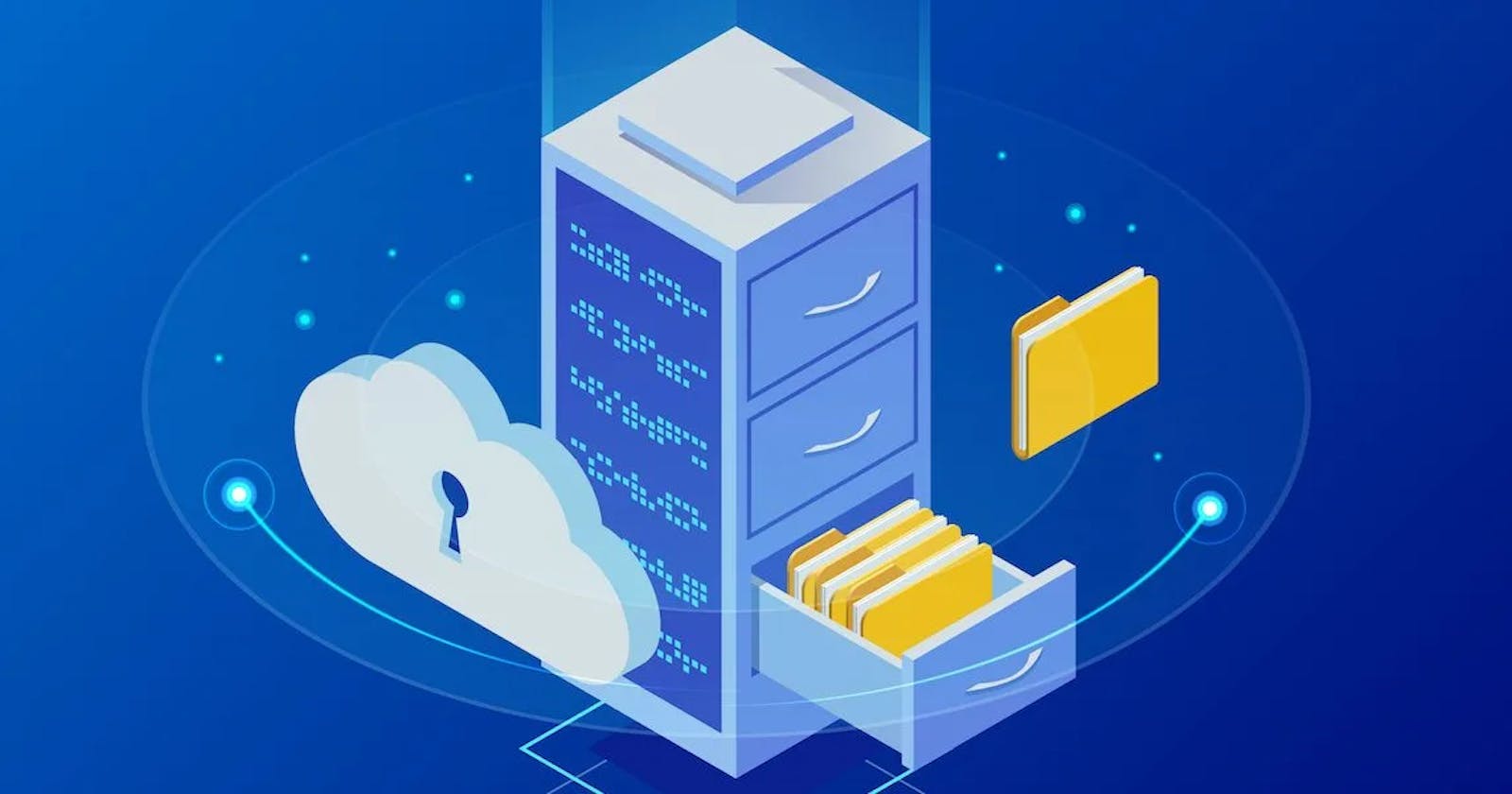Exploring Linux Filesystems
Linux offers a variety of filesystems, each tailored to different use cases and priorities. Understanding these filesystems can help you choose the most suitable one for your specific needs. In this article, we'll explore some of the common filesystems used in Linux.
Ext4 (Fourth Extended Filesystem)
Ext4 is the default filesystem for many Linux distributions. It builds upon its predecessor, Ext3, offering improvements in performance, scalability, and reliability. Key features include:
- Journaling: Ext4 supports journaling, which helps in quick recovery in case of system crashes.
- Large Filesystem Support: It provides support for large filesystems, making it suitable for a wide range of applications.
- Performance: Ext4 offers better performance compared to Ext3, especially in terms of file handling and metadata operations.
Ext4 is an excellent choice for general-purpose usage, ranging from desktops to servers, due to its reliability and performance.
Btrfs (B-tree Filesystem)
Btrfs is a modern copy-on-write (CoW) filesystem designed to address the shortcomings of traditional filesystems. It offers several advanced features, including:
- Snapshots: Btrfs supports efficient snapshots, allowing users to capture the filesystem's state at a specific point in time.
- Checksums: Data integrity is ensured through checksums, which detect and repair errors automatically.
- RAID Support: Integrated support for RAID configurations enhances data redundancy and fault tolerance.
While Btrfs offers powerful features, some caution is advised for critical production systems due to occasional stability concerns.
XFS (XFS Filesystem)
XFS is a high-performance filesystem optimized for scalability and large files. Key features include:
- Scalability: XFS excels in handling large files and high-throughput workloads, making it suitable for data-intensive applications.
- Journaling: Like Ext4, XFS supports journaling for quick recovery in case of system crashes.
- Online Resizing: XFS allows for online resizing of filesystems, enabling dynamic storage management without downtime.
XFS is commonly used in environments such as data centers and media storage servers where performance and scalability are paramount.
ZFS (Zettabyte File System)
ZFS, while not native to Linux, is available through third-party implementations like ZFS on Linux (ZoL). It offers a comprehensive set of features, including:
- Data Integrity: ZFS ensures data integrity through advanced checksumming and data scrubbing mechanisms.
- Snapshotting: Efficient snapshotting capabilities enable users to create point-in-time copies of filesystems for backup or testing purposes.
- Storage Pools: ZFS utilizes storage pools for efficient storage management, enabling features like automatic disk replacement and storage tiering.
ZFS is popular in environments where data integrity and advanced storage features are critical, such as enterprise storage and high-performance computing.
F2FS (Flash-Friendly File System)
F2FS is specifically designed for use with NAND flash memory-based storage devices, such as SSDs and eMMC. Key features include:
- Wear Leveling: F2FS incorporates wear leveling mechanisms to extend the lifespan of flash storage devices.
- TRIM Support: Support for TRIM commands improves performance and longevity by optimizing data writes.
- Garbage Collection: Efficient garbage collection algorithms minimize write amplification and prolong flash device lifespan.
F2FS is commonly used in embedded systems, smartphones, and other devices utilizing flash storage.
Conclusion
Choosing the right filesystem is crucial for optimizing performance, reliability, and data integrity in Linux systems. Whether you prioritize performance, scalability, or advanced features like data integrity, there's a filesystem suited to your needs. By understanding the strengths and weaknesses of each filesystem, you can make an informed decision when selecting the filesystem for your Linux environment.
